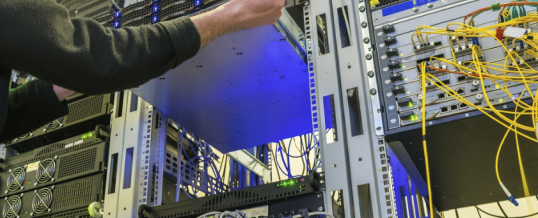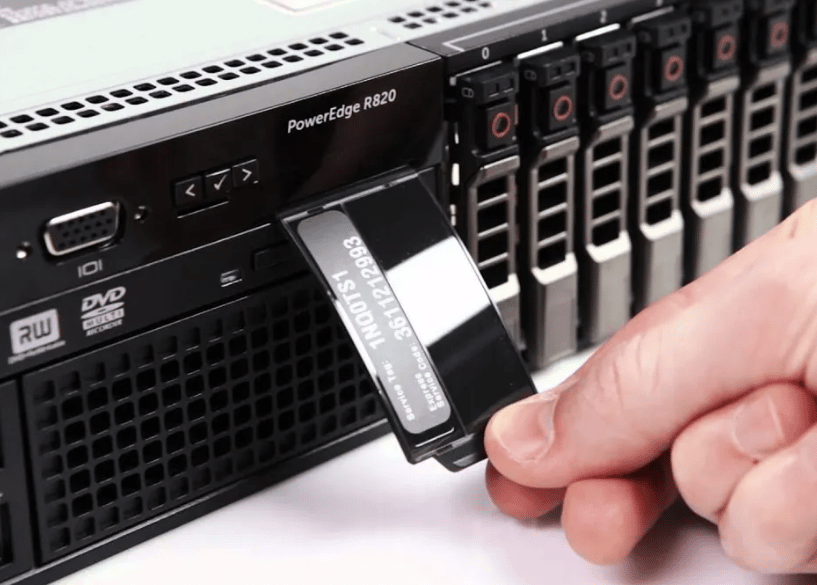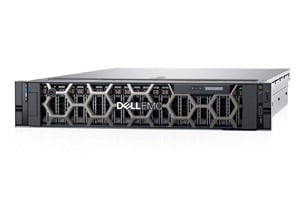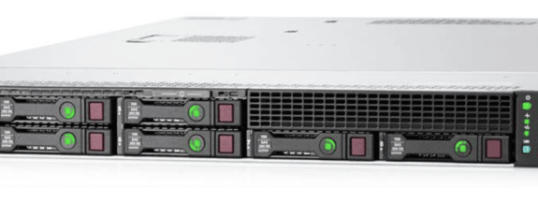Have you ever been stuck in the middle of a technical difficulty and felt completely lost? This is something that happens even to the most professional writers out there. A lot of times, such problems have their roots in basic mistakes made by the users themselves. From failure in updating applications to mismanaging devices, these minor mistakes cause unnecessary inconveniences. By understanding the root of these problems, you can address them early enough and keep your technology effective for the ...
Continue Reading →JUL




